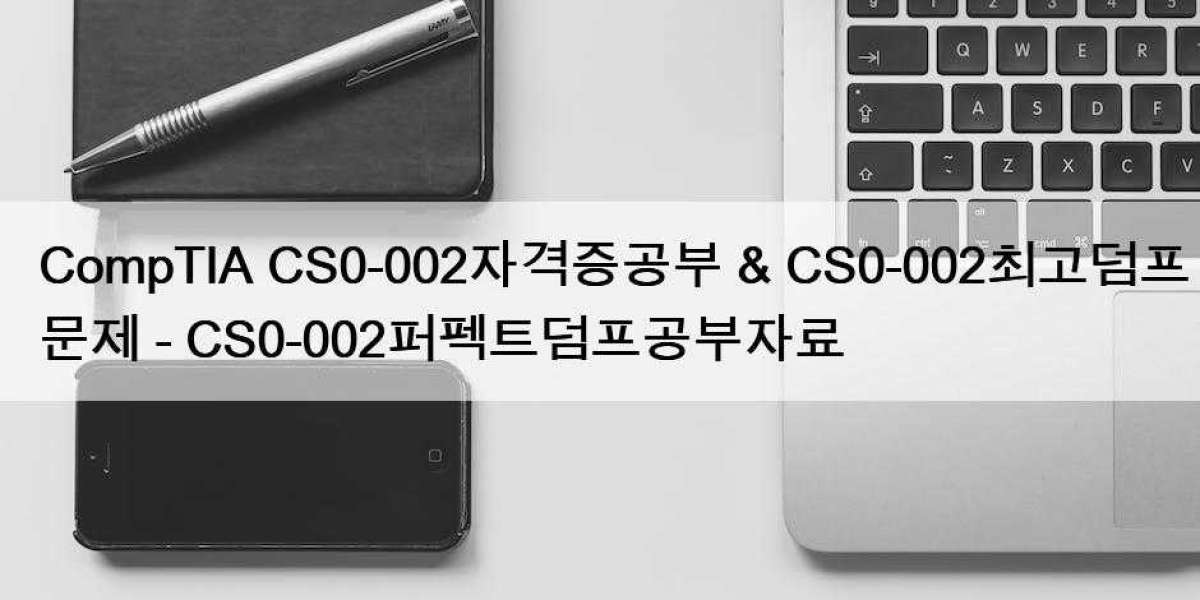For developers keen on building iOS apps but using Linux, the process may seem challenging because macOS is traditionally required for iOS development. However, there are ways to overcome this limitation by using certain tools, frameworks, and workarounds to enable developers to provide custom iOS app development services using Linux. In this guide, we’ll walk through some of the available options to help developers create iOS apps without needing a macOS machine.
Challenges of iOS Development on Linux
Apple’s development environment is deeply integrated with its own hardware and operating system. Xcode, Apple’s integrated development environment (IDE) for iOS and macOS apps, is not available on Linux, which creates some difficulties. Xcode provides all the tools necessary for iOS development, including the Interface Builder, iOS simulators, and debugging tools.
However, developers working on Linux can leverage certain workarounds, alternative software, and remote access tools to build iOS apps without directly using a macOS system.
Methods to Develop iOS Apps on Linux
Here are some of the most effective ways to develop iOS apps on Linux:
1. Use Virtual Machines or Cloud-based macOS
Since macOS is the official operating system for iOS app development, one option is to use a virtual machine (VM) or a cloud-based macOS environment. By using macOS on a virtual machine, you can install Xcode and develop iOS apps just as you would on a native macOS system.
- VirtualBox: Developers can install macOS on VirtualBox, a free, open-source virtual machine. This involves downloading a macOS image and setting up the virtual machine environment on Linux.
- macOS in the Cloud: Platforms like MacStadium and Amazon Web Services (AWS) EC2 offer macOS instances in the cloud, allowing developers to access and work with Xcode without owning a physical Mac.
2. Cross-Platform Development Frameworks
If you prefer not to use macOS at all, certain cross-platform development frameworks allow you to build iOS apps from Linux.
- React Native: This cross-platform framework allows you to write code that runs on both iOS and Android using a single codebase. React Native works well on Linux, but for testing and deploying iOS apps, you’ll still need access to a macOS environment to compile and submit apps to the App Store.
- Flutter: Like React Native, Flutter is another cross-platform framework that allows developers to build both iOS and Android apps using a single codebase. You can write your code on Linux, but you’ll need macOS for testing and deployment of iOS apps.
3. Use Swift on Linux
Apple’s programming language, Swift, can be used on Linux, and you can write Swift code natively. However, Linux lacks the Xcode environment, so while you can code in Swift on Linux, you will still need macOS for UI building, testing, and deployment.
- Swift Package Manager: Linux supports the Swift Package Manager, allowing you to write and compile Swift code on Linux systems. This is useful for writing and testing non-UI logic, but you will need macOS for building the UI in Xcode and for final testing.
4. Remote Mac Access
If you have access to a Mac computer, you can remotely connect to it from Linux using tools like SSH or VNC to perform iOS app development tasks. This way, you can write code on Linux and remotely compile, test, and deploy it on macOS using Xcode.
Setting Up iOS Development on Linux
Here’s a step-by-step guide to getting started with iOS development on Linux:
1. Install Swift on Linux
You can install Swift on your Linux system to start writing Swift code. Follow these steps:
- Download Swift for your Linux distribution from the official Swift website.
- Extract the downloaded file and add Swift to your PATH by modifying your .bashrc or .zshrc file.
bash
Copy code
export PATH=/path/to/swift/usr/bin:"${PATH}"
- Verify your installation by typing swift --version in the terminal.
2. Set Up VirtualBox for macOS
If you opt for using a virtual machine, follow these steps:
- Download and install VirtualBox on your Linux machine.
- Obtain a macOS ISO or image file and configure it within VirtualBox.
- Install macOS on the virtual machine, and once setup is complete, install Xcode from the App Store to begin developing iOS apps.
3. Using Cross-Platform Frameworks (React Native or Flutter)
For frameworks like React Native or Flutter, you can install them directly on Linux.
- Install Node.js for React Native or Dart for Flutter.
- Use package managers like npm for React Native or the Flutter SDK to set up your development environment.
- Write your app’s code and use emulators or physical Android devices for testing. For iOS, you’ll still need macOS access to build and deploy your app.
FAQs
- Is Linux good for iOS development?
Linux can be used for certain parts of iOS development, such as writing Swift code or using cross-platform frameworks like React Native. However, a macOS system is required for running Xcode and deploying iOS apps. - Can I emulate iOS on Linux?
No, you cannot run iOS emulators directly on Linux because Xcode and iOS emulators are exclusive to macOS. You’ll need a macOS system, either through a virtual machine or cloud service, to emulate iOS apps. - Can Linux run Xcode?
No, Xcode is only available on macOS. Linux users can either use a virtual machine or access a macOS instance in the cloud to run Xcode. - Can Swift run on Linux?
Yes, Swift can run natively on Linux. You can write and compile Swift code on Linux, but for full app development, including UI design and iOS deployment, you’ll need access to Xcode on macOS.
5. Can Linux read iPhone?
Yes, Linux can access files on iPhones through third-party tools like libimobiledevice, which allows for mounting and accessing files on iOS devices from Linux systems. However, direct app development tasks like compiling and testing require macOS.







